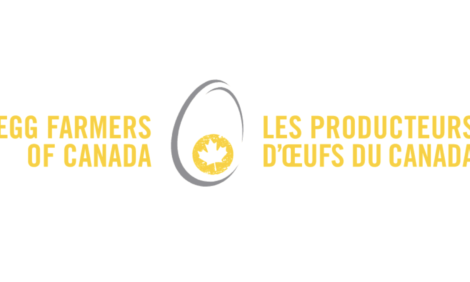



Discrepancies emerge between animal welfare and consumer perceptions
Poultry “raised without antibiotics” (RWA) or “no antibiotics ever” (NAE) now account for more than 50% of the broilers in US production, but “those reductions [in antibiotics usage] have consequences,” Randall Singer, DVM, PhD, told Poultry Health Today.“Are we continuing to ensure animal health and welfare as we reduce our usage, and more importantly, are we using antibiotics more responsibly?” asked the veterinarian and professor of epidemiology at the University of Minnesota.
To answer that question, Singer and his associates did a research study, “Potential Impacts of No Antibiotics Ever/Raised Without Antibiotics Production on Animal Health and Welfare,” to investigate producers’ and veterinarians’ views on the impact of removing antibiotics from the food-animal supply chain. The researchers asked questions related to key parameters such as animal health and welfare, food safety, consumer demand and cost of food production.
A majority of survey respondents believe there are times when the RWA label takes priority over animal health and welfare. “Less than half in the broiler industry said there were effective interventions against their most important diseases, which means that now you’re going to need an antibiotic to treat the ill animals,” Singer said.
Respondents in all commodities indicated that RWA production would have negative impacts on animals, including increased morbidity, mortality and culling rates.
Perception and reality
Retail demand has created a market for NAE poultry because consumers perceive these labels mean higher welfare standards, but that may not be the case.
“Simply going to ‘no antibiotics ever’ doesn’t necessarily put animal health at the forefront,” Singer said. “We really should be thinking about how to keep these animals healthy [in terms of] major disease challenges and the tools we have.”
Across all surveyed commodities (565 producers and veterinarians involved with broiler, turkey, pig, beef and dairy production), preliminary results show the main reasons for raising animals without antibiotics were market driven. The survey included both conventional and RWA producers; just over half of all respondents reported having past or current experiences working with animals in an RWA program.
The paradox
Most veterinarians and producers indicated, however, that they think retail, restaurant and foodservice company leadership believe that animal health and welfare are significantly improved with RWA programs. These discrepancies indicate that veterinarians and producers feel that retailers do not understand the potential negative impacts of RWA programs on animal health and welfare, Singer reported.
The study overview said respondents indicated RWA programs would slightly to significantly increase the cost of production. However, they felt that demand for their RWA products would only slightly increase or not change at all.
“In general, across all surveyed commodities, respondents generally felt that there was a need for increased auditing/assessment of animal health and welfare in RWA systems,” the study report said.
Not a black-or-white, all-or-none issue
Discussions in the US about responsible antibiotic use seem to have evolved into not using antibiotics at all, but Singer doesn’t believe that’s the case on a global scale.
“If we look at Europe, for example, producers can use an antibiotic to treat sick animals in organic production,” he said. “For some reason here in the US if you raise animals organically, you can’t use an antibiotic. And I don’t really understand…why we would want to put these animals at risk and sacrifice animal health and welfare.”
Singer told Poultry Health Today that the US needs to “find that balance, where the entire system of animal production, from hatch or birth to slaughter, is raising animals responsibly and using antibiotics responsibly, incorporating disease prevention techniques other than antibiotics whenever possible, and using antibiotics where appropriate and as approved by the FDA.”
Singer is the lead researcher on a 5-year study of antibiotic usage in the poultry industry, the first phase of which will be completed in Spring 2019. The objective of this project is to estimate the quantities of different antimicrobials used in poultry production (broiler, turkey and layer) for specific indications and applications.
A survey of production companies using a top-down approach to determine the range of antimicrobial-usage practices across the industry was also conducted. An update of this effort, covering the years 2013 through 2017, is likewise expected to be completed in Spring 2019.
The ‘One Health’ conflict
Antibiotic resistance is a public health issue, which makes finding workable solutions for both people and animals more difficult, Singer explained. It’s a balance between lowering overall antibiotic use, while still making sure animals are treated properly when they’re sick.
“If reducing that risk to human health is through reducing the need for antibiotics in animals, then the veterinarian would say, ‘I need to do that.’ But at the same time, if I’m sacrificing animal health by eliminating the antibiotics, there’s a conflict.”
He feels the industry needs a full-systems, responsible approach to antibiotic use. Watch this video interview to learn more.












